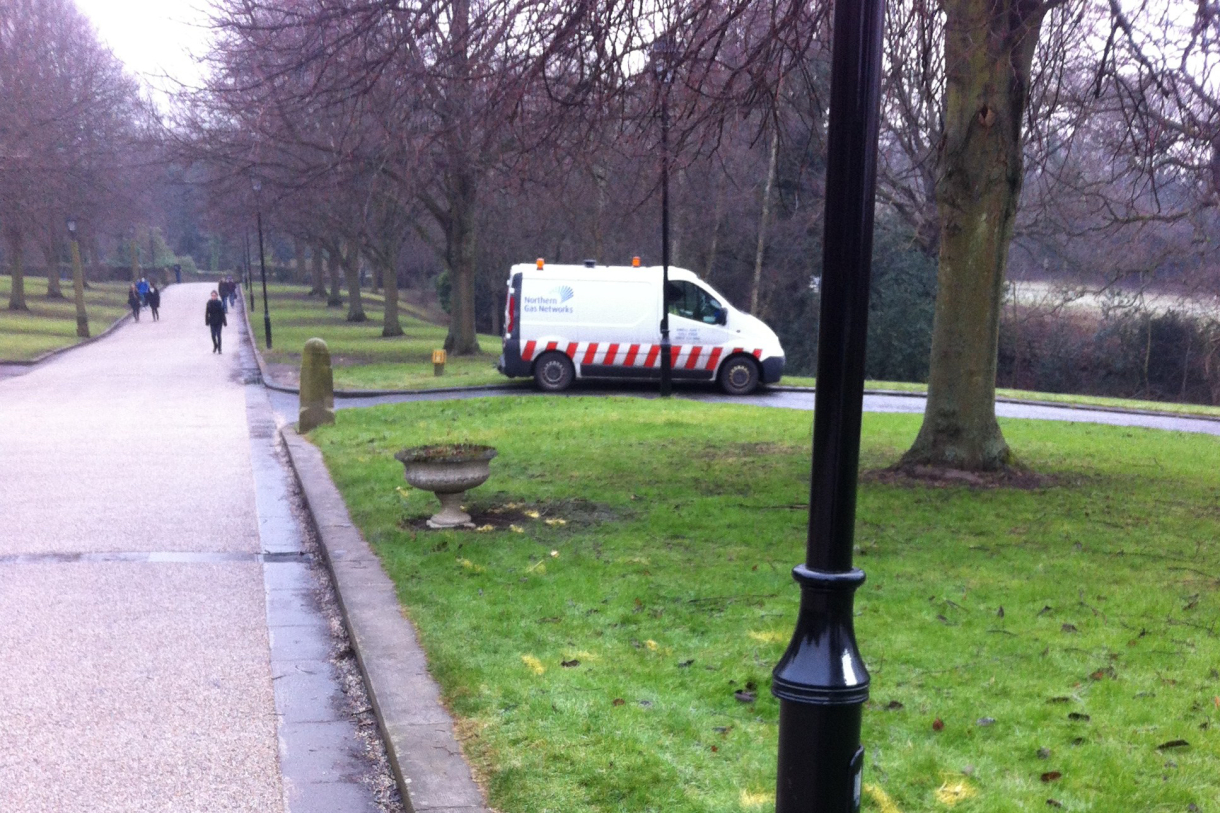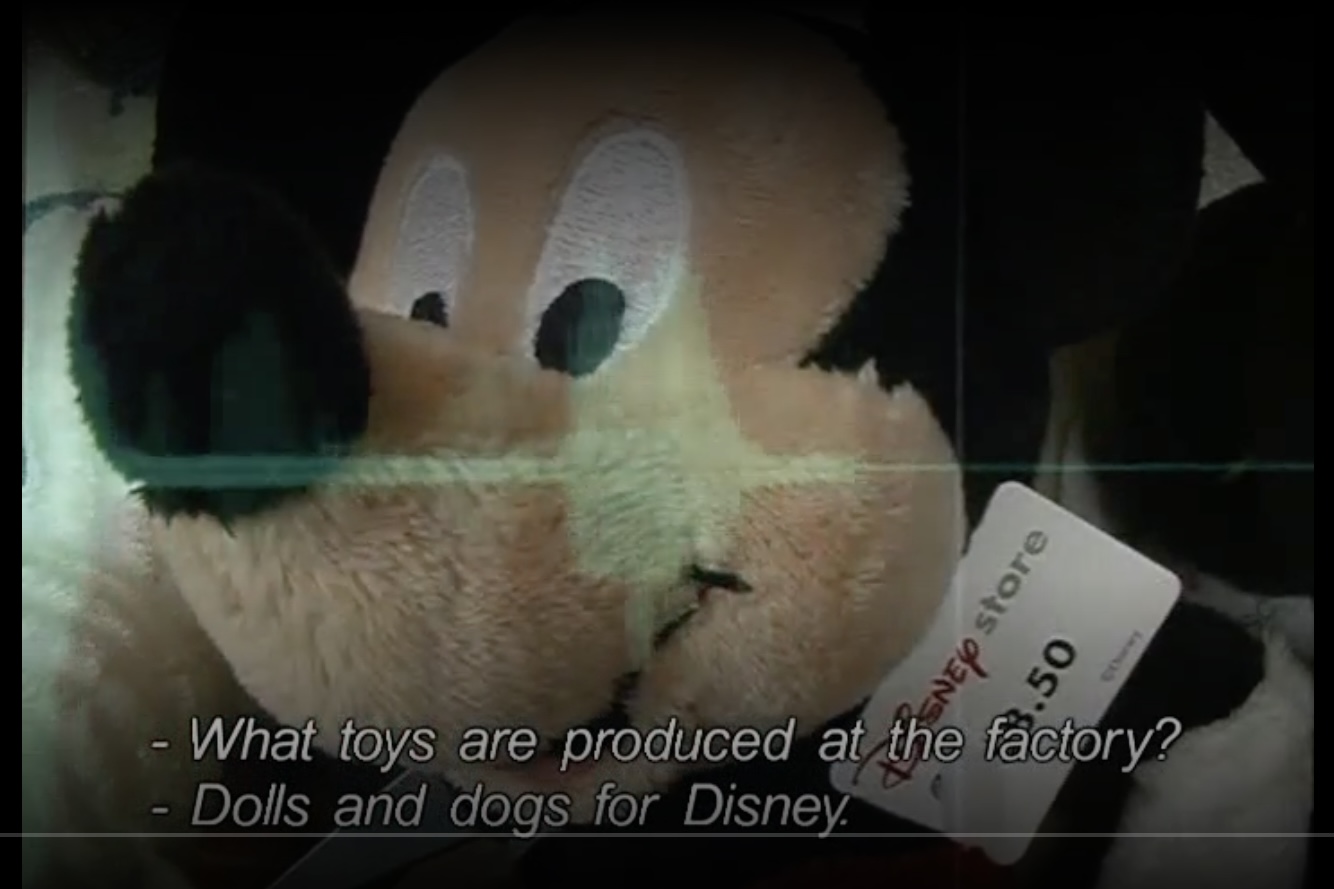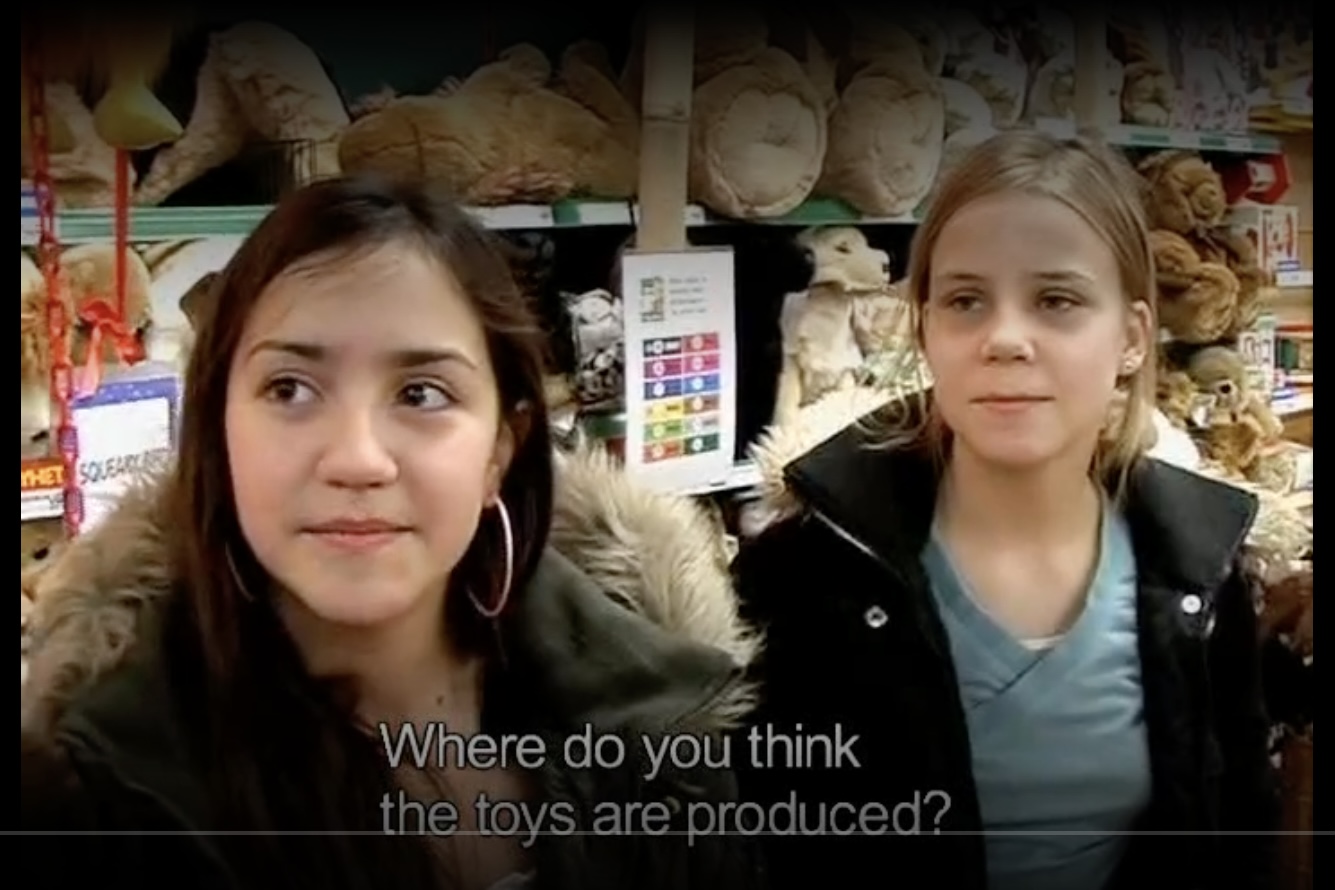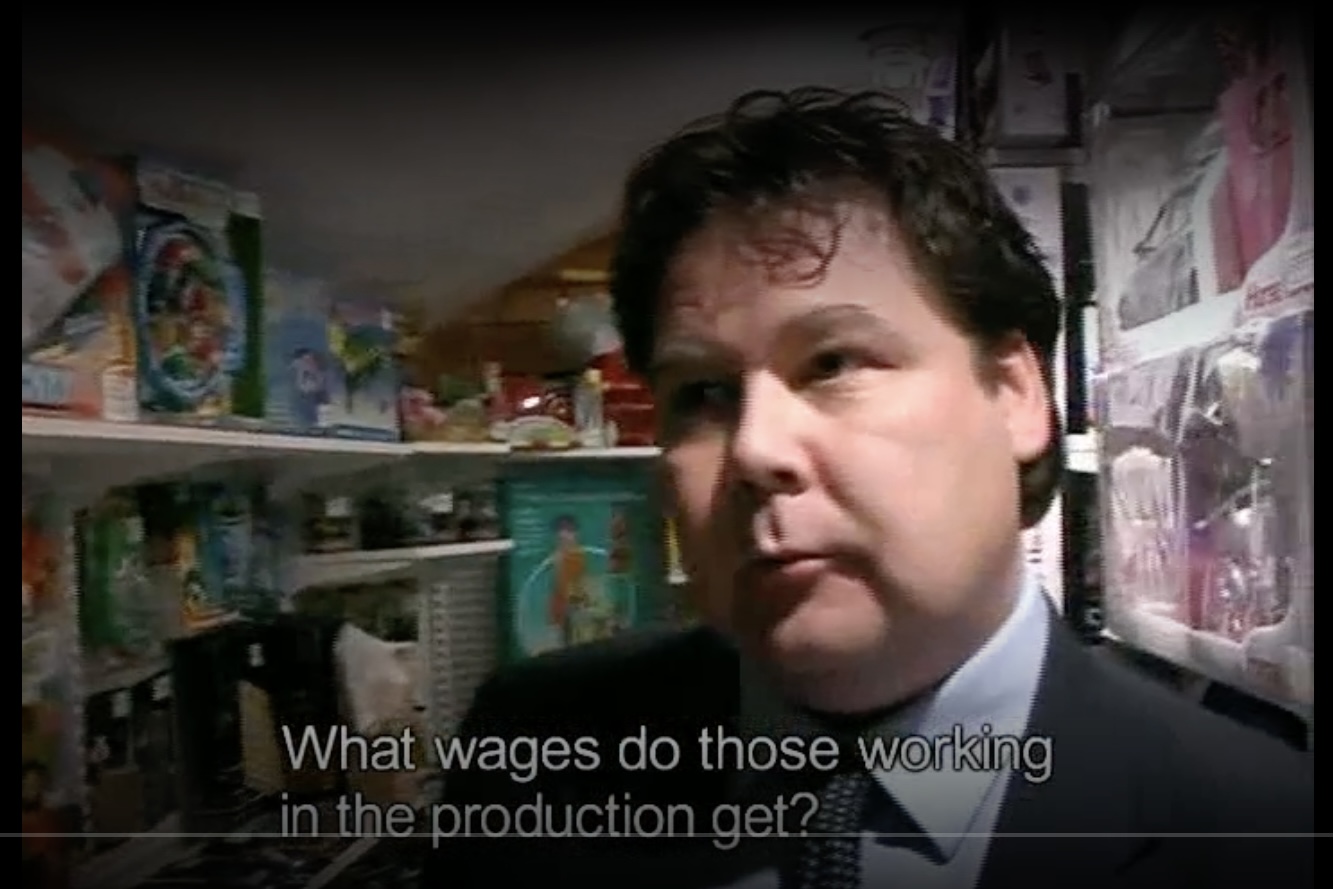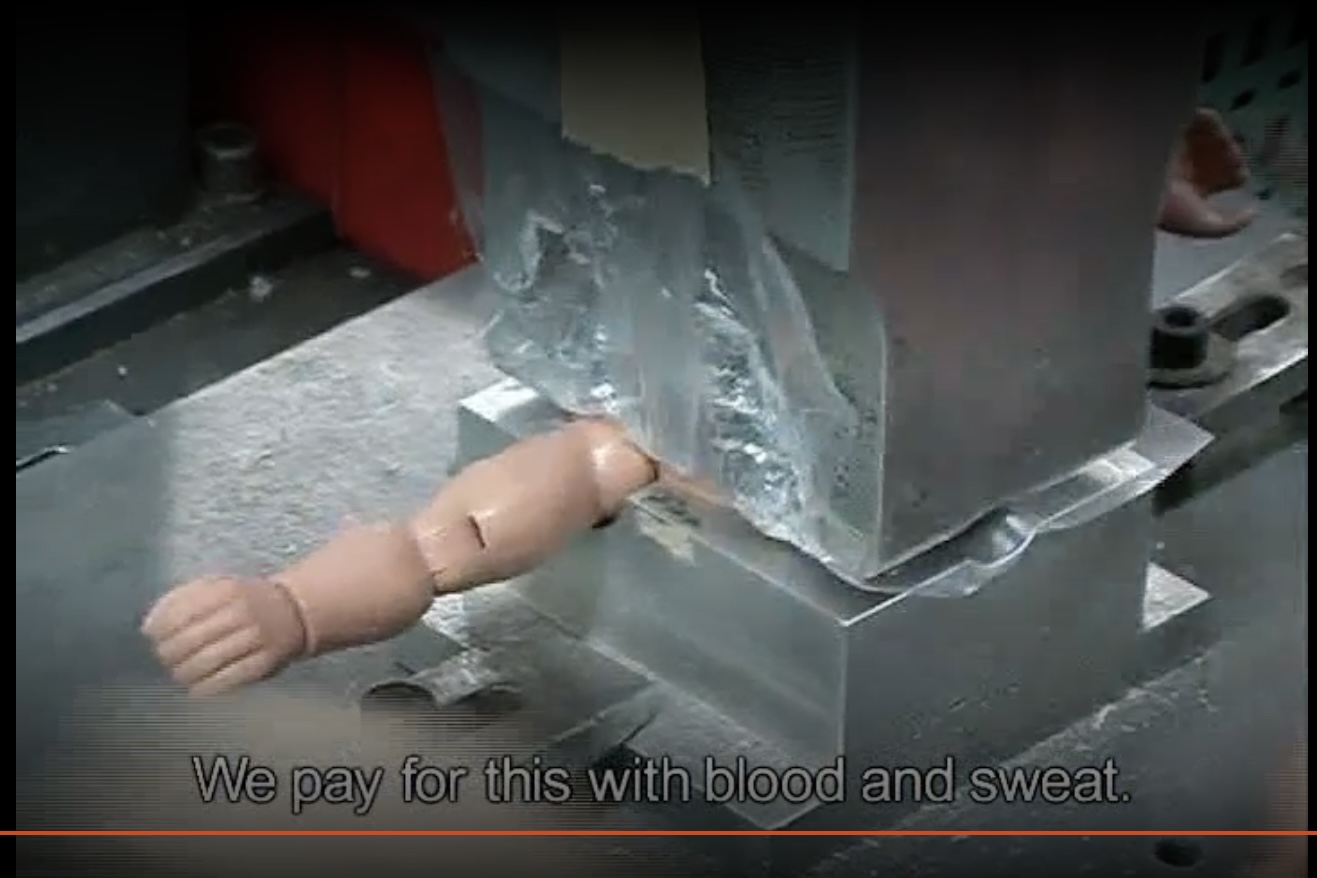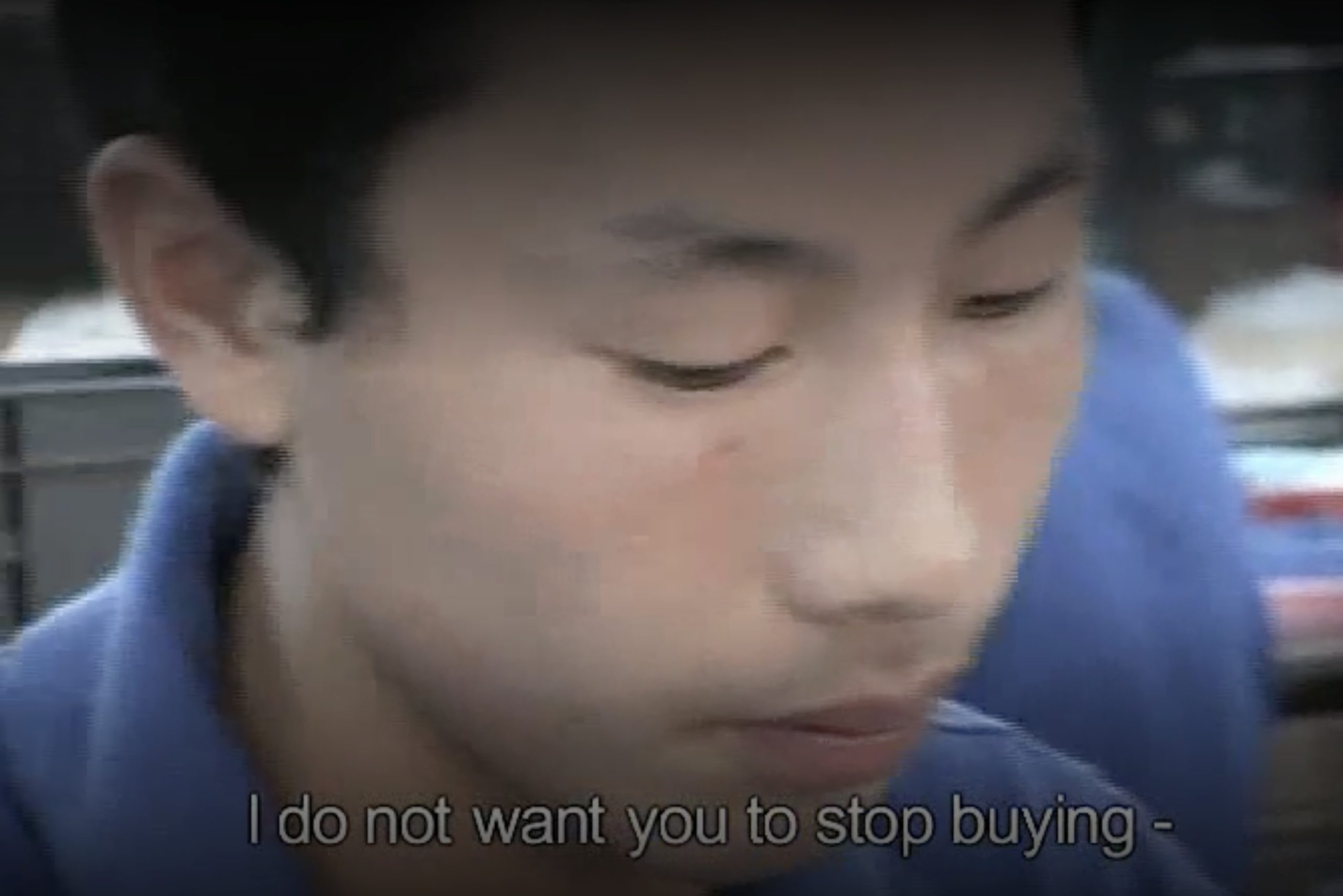
followthethings.com
Grocery | Health & Beauty | Home & Auto |
“Where Heaven Meets Hell“
A documentary film produced by Sasha Friedlander for Sasha Films LLC & Independent Television Service
Trailer embedded above. Search for online streaming here. Track down a DVD copy here.
Filmmaker Sasha Friedlander visits a stunningly beautiful active volcano in Indonesia called Kawa Ijen. Heaven. It’s a place that loads of tourists visit to take photos of this bubbling cauldron of toxic sulphur gas. They’re also shocked and amazed to see men emerging out of these sulphur clouds carrying on their shoulders baskets containing blocks of raw yellow sulphur, mined hot from the volcano’s insides. This is unbelievably picturesque, hard and dangerous work (physically and chemically). Some say it’s a vision of hell. Friedlander sticks around, her tiny crew following the sulphur miners down into the volcano to better understand the work that they do, their lives and their reasons for doing a job that’s clearly so poorly paid and so extraordinarily hazardous to their health. Making this film is hazardous to the filmmakers’ health too. They struggle with their working conditions. This film they make provides intimate portraits of four men who do this work and their families. Audiences are moved by what they see. It’s beautiful and horrific. Friedlander returns to the village where most of the miners live to show the film to their families. That’s filmed too. They’re shocked. The men hadn’t told their families what their work was like. Some commenters say that workers unhappy with their jobs should get a safer and better paid job somewhere else. They’ve ‘chosen’ to work there. This film shows why making a different ‘choice’ is not as easy as it sounds. Where Heaven Meets Hell follows the journey of sulphur up and out of the Kawa Ijen volcano, to the cabins where the miners get paid for it by weight. But that’s as far as the following goes. Sulphur (and its derivatives) can be found in countless commodities and the processes used to make them – e.g. it’s used to refine sugar, and its an essential ingredients of matches – because it brings specific properties that producers and consumers rely upon. Where Heaven Meets Hell is an excellent example of a follow the thing project that ‘starts somewhere different’. It doesn’t start or end at a factory, for example. Those followings can be nice and linear, easy to trace, easy to convey to an audience. But starting in a place where a raw material is extracted from the earth presents a different view of international trade. So many raw materials like sulphur travel along countless supply chains, and become ingredients in countless industrial processes and commodities. Following raw materials can be much, much more complex. The supply chains of something basic like sulphur can infiltrate so many other supply chains, so many other things, so many other places and lives. This means that any trade justice ‘solutions’ that audiences might want to support are from straightforward. Try boycotting sulphur! Start by looking for sulphur compounds on ingredient labels. That’s the top of the volcano.
Page reference: Ian Cook et al (2016) Where Heaven Meets Hell. followthethings.com/where-heaven-meets-hell.shtml (last accessed <insert date here>)
Estimated reading time: 53 minutes.
Continue reading Where Heaven Meets Hell ![]()

